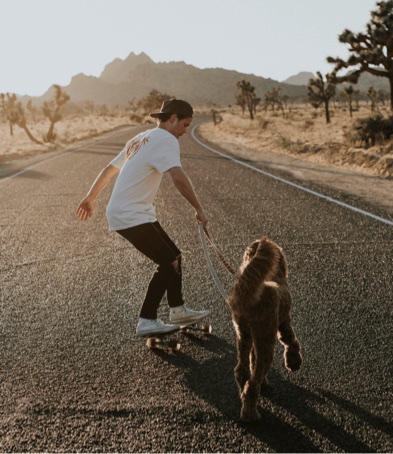How Long is the California Coast and 10 Other Fun Facts
We delve into some of California's most interesting natural fun facts.
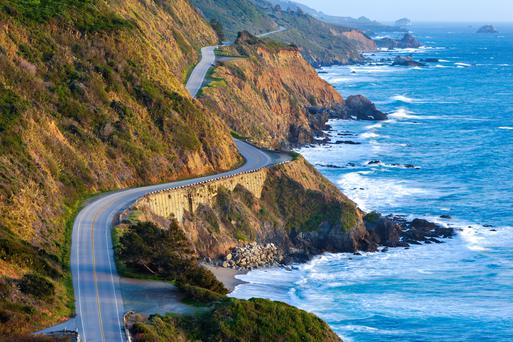
We delve into some of California's most interesting natural fun facts.
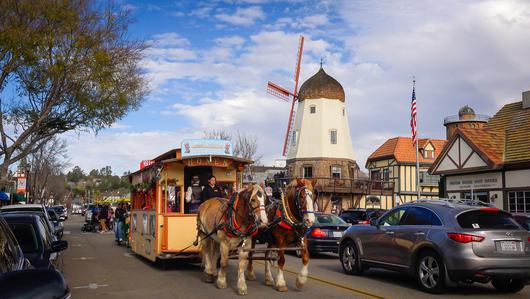
Ditch the busy Spring Break crowds and check out these fantastic, underrated spring travel destinations in California.
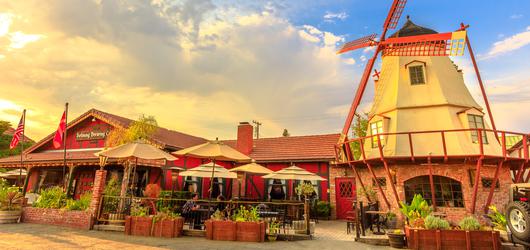
Take a trip through the pages of the Golden State’s history and discover the oldest cities in Southern California.
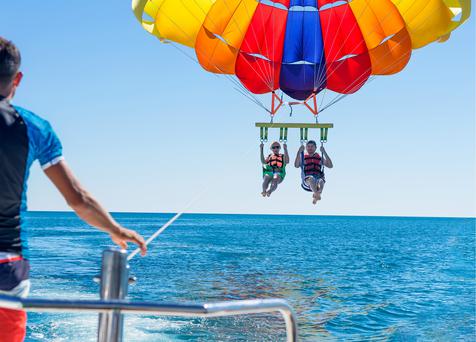
Feeling adventurous? Take to the seas and see the world from a new vantage point by parasailing in California.

Wherever you plan on going next in California, there’s still time to make your road trip more eco-friendly. Here are our best tips.
Helping you live your California dreams

It's often discussed where exactly the Bay Area begins and ends. Here's a breakdown of the cities in the San Francisco Bay Area.
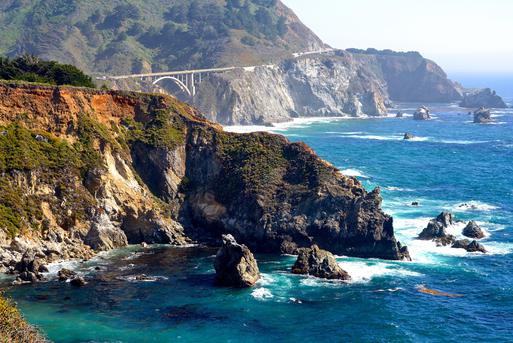
Spring is getting in full swing and California weather is starting to become perfect. Here's a guide on the best outdoor spots in Spring.

Here's a quick breakdown of the key California flowers that bloom in spring.

Here's a breakdown of Convict Lake and the cool things to do at the Sierra Nevada hotspot.
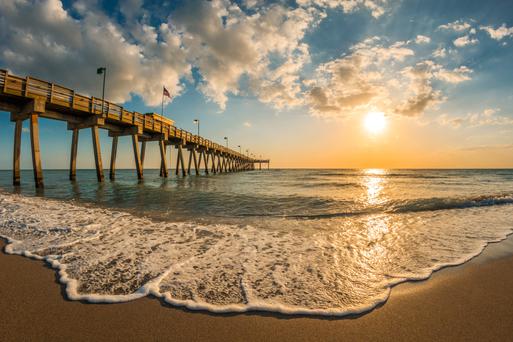
The expansive coast of California is filled up and down with some of the best beaches in the United States.

